Pattern Services and Revisions
If you are an Annies customer and have a question about the instructions on a pattern you have purchased, please visit: http://www.anniescatalog.com/pages/customer_care/pattern_services.html
Table of Contents
General Information
Do you love amigurumi as much as I do? It is actually how I started out designing! I would make these adorable little animals and sell them at craft fairs and online. Once I started designing professionally, I didnt design my little animals anymore. Then one day I had the idea of combining Tunisian crochet with amigurumi! Tunisian crochet is the perfect base for amigurumi. The stitches stretch, but not so much so that you see the stuffing through the fabric. And because it is a firm fabric, it will stand up to the toughest tots. You really need to know only one stitch: Tunisian Simple Stitch.
Youll learn how to increase and decrease as we go along. Thats it! Refer to our Tunisian Basics on page 3 to learn the stitch and its variations, or as a refresher for rusty skills. The amigurumi animals are constructed flat and then sewn together. This means you dont need to have a special double-ended crochet hook or know any special skills, and in most cases you dont even need a Tunisian crochet hooka standard hook will work just fine. And the best part? Each of the animals requires only one skein of yarn. Some do need small scraps of additional colors, but you should have those in your stash bin! Safety eyes are used for each toy, but if you plan on crocheting these animals for anyone younger than three years of age, try fabric paint or sewing on felt as a safer alternative.
I stuffed each animal with polyester fiberfill but any type of filling can be used. So grab your hook and yarn, and let's make some adorable animals! Rohn Strong
Follow our simple step-by-step tips to easily master this technique. Tunisian crochet is a type of crochet that is different from standard crochet techniques. Each row is worked in two steps: the forward pass and the return pass. In step one, the forward pass, loops are picked up across the stitches in the previous row. The first vertical bar of the previous row is skipped because the loop on the hook counts as the first stitch.
To work the last stitch of the row, insert the hook under both bars of the last stitch to make an even side edge. When beginning with a foundation chain, working in the back bar of the chain will give a nice finished edge and help tame the curling tendency of the fabric. All loops picked up in the forward pass are held on the hook until the return pass is worked. In step two, the return pass, the loops are worked off the hook. This row is usually worked the same way regardless of the way stitches are worked in the forward pass. When the return pass is finished, there will be one loop left on the hook, which counts as the first stitch of the next row.
In this pattern book, you will need to work the Tunisian Simple Stitch. This is the most basic Tunisian crochet stitch and is sometimes called the afghan stitch. It forms an even grid that has often been used as a base for surface stitching. The resulting dense fabric and its tendency to curl make this stitch perfect for amigurumi projects.
Tunisian Simple Stitch (TSS)
Foundation row: To beg, ch the number of indicated chs,
A. Working in the
back bar of the ch(see illustration), insert hook in 2nd ch from hook, yo, pull up a lp, *insert hook in next ch, yo, pull up a lp, rep from * across, holding all lps on hook, do not turn.
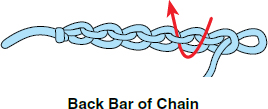
Work Loops Off Hook (work lps off hook)
To complete the foundation row, work lps off hook as follows:
B. Yo, pull through 1 lp on hook
(see illustration A), *yo, pull through 2 lps on hook, rep from *across until 1 lp rem on hook
(see illustration B).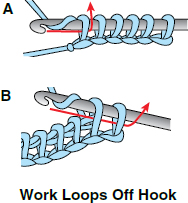 Next row:A.
Next row:A. Sk first vertical bar, *insert hook from right to left under next vertical bar, yo, pull lp through, rep from * across to last st, insert hook under both strands of last st, yo and pull lp through;
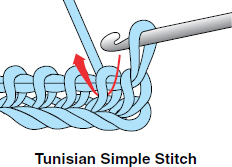 B.
B. work lps off hook as in foundation row.
Rep next row as indicated in the pattern. To fasten off the piece, work sl sts across the row during the forward pass as follows: Bind-off row: Skip first vertical bar, *insert hook from right to left under next vertical bar, yo, pull through 2 lps on hook, rep from * across the row. At the end of the row, fasten off. You will also need to use increases and decreases for shaping. The shaping stitches are made during the forward pass, so it is important to count your loops before beginning the return pass. 
Tunisian Simple Stitch Decrease (TSSD)
Insert hook from right to left under the vertical bar of each of the next 2 sts, yo, pull lp through.

Tunisian Simple Stitch Decrease (TSSD)
Insert hook from right to left under the vertical bar of each of the next 2 sts, yo, pull lp through.
This stitch and its shaping variations are all you need to make each of the adorable animals in this book. Start with one of the smaller parts of the animal (like a fin or leg) for a little extra practice. The hardest part will be deciding which animal to make first! 

Skill Level

Finished Measurement
16 inches long
Materials
Premier Yarns Deborah Norville Everyday Soft Worsted medium (worsted) weight acrylic yarn (4 oz/203 yds/113g per skein): 1 skein #1017 azure Size I/9/5.5mm Tunisian crochet hook or size needed to obtain gauge Tapestry needle 12mm black safety eyes: 2 Fiberfill Stitch markers
Gauge
16 TSS sts = 4 inches;14 rows = 4 inches
Pattern Note
If making Whale for child age 3 or under, embroider eyes on Whale.
Whale
Tail Fin
Make 2.Row 1: With Tunisian hook, loosely ch 7,
A. working in
back bar of ch(see illustration), holding all lps on hook, pick up lp in 2nd ch from hook and in each rem ch across
(7 lps on hook);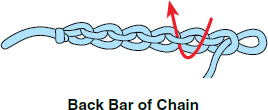 B. work lps off hook(see Tunisian Basics
B. work lps off hook(see Tunisian Basics). [
Inc(see Tunisian Basics),
TSS(see Tunisian Basics)] across
(13 lps on hook);B. work lps off hook.
Row 3:A. TSS across;
B. work lps off hook.
Row 4:A. [Inc, 2 TSS] across
(19 lps on hook);
B. work lps off hook.

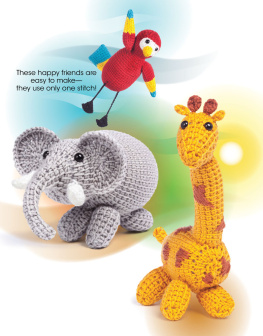
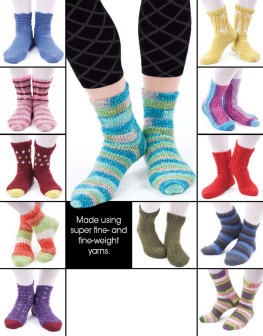


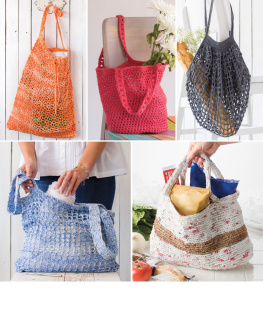
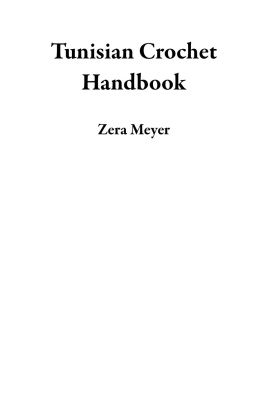
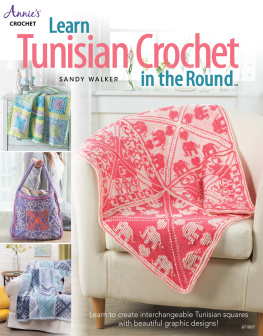
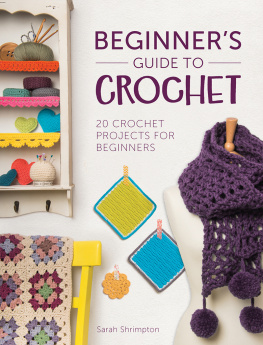

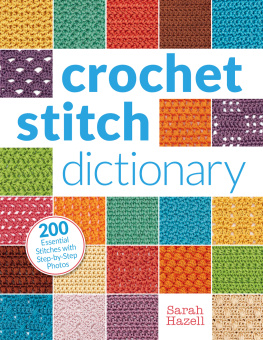

 Next row:A. Sk first vertical bar, *insert hook from right to left under next vertical bar, yo, pull lp through, rep from * across to last st, insert hook under both strands of last st, yo and pull lp through;
Next row:A. Sk first vertical bar, *insert hook from right to left under next vertical bar, yo, pull lp through, rep from * across to last st, insert hook under both strands of last st, yo and pull lp through;  B. work lps off hook as in foundation row.
B. work lps off hook as in foundation row. 



 Premier Yarns Deborah Norville Everyday Soft Worsted medium (worsted) weight acrylic yarn (4 oz/203 yds/113g per skein): 1 skein #1017 azure Size I/9/5.5mm Tunisian crochet hook or size needed to obtain gauge Tapestry needle 12mm black safety eyes: 2 Fiberfill Stitch markers
Premier Yarns Deborah Norville Everyday Soft Worsted medium (worsted) weight acrylic yarn (4 oz/203 yds/113g per skein): 1 skein #1017 azure Size I/9/5.5mm Tunisian crochet hook or size needed to obtain gauge Tapestry needle 12mm black safety eyes: 2 Fiberfill Stitch markers  B. work lps off hook(see Tunisian Basics). [Inc(see Tunisian Basics), TSS(see Tunisian Basics)] across (13 lps on hook);B. work lps off hook. Row 3:A. TSS across; B. work lps off hook. Row 4:A. [Inc, 2 TSS] across (19 lps on hook); B. work lps off hook.
B. work lps off hook(see Tunisian Basics). [Inc(see Tunisian Basics), TSS(see Tunisian Basics)] across (13 lps on hook);B. work lps off hook. Row 3:A. TSS across; B. work lps off hook. Row 4:A. [Inc, 2 TSS] across (19 lps on hook); B. work lps off hook.